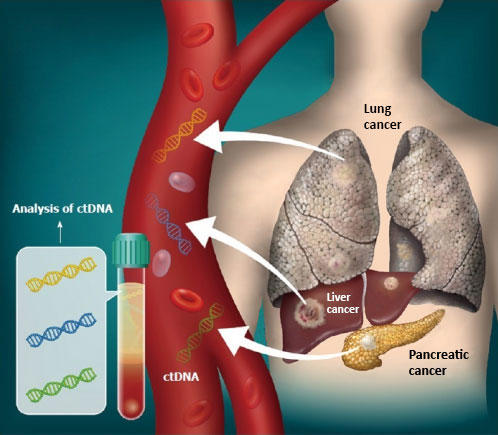Osteoarthritis (OA) is a condition that disproportionally affects postmenopausal women, and the millions affected can attest to the pain, reduced mobility and diminished quality of life that comes from this disease. While the hormonal changes associated with menopause have long been known to accelerate the development and progression of OA, a deeper understanding of the biological mechanisms that underlie this correlation is crucial for developing effective treatments.
A new study led by researchers at Spaulding Rehabilitation, a member of the Mass General Brigham healthcare system, provides new insights into the reasons underlying this sex disparity. The study published January 16th in Nature Aging .
"Our findings reveal novel pathways that may represent promising new therapeutic targets," said senior study author Fabrisia Ambrosio, PhD, MPT , director of the Discovery Center for Musculoskeletal Recovery of the Schoen Adams Research Institute at Spaulding Rehabilitation. "By understanding how menopause-induced changes in sex hormone levels contribute to joint degeneration, our hope is that this will pave the way for researchers to develop novel strategies that slow or prevent the progression of OA, which could lead to a better quality of life for millions of women worldwide."
OA is characterized by degradation of the cartilage tissue in joints. Cartilage comprises two major components, the extracellular matrix (the surrounding proteins that provide structure) and chondrocytes, the resident cell population. In OA, the health of both these components is compromised, preventing smooth articulation between bones. Aging is the greatest risk factor for OA, with female sex significantly compounding that risk over time. There are currently no disease-modifying treatments for OA, and interventions are primarily relegated to managing symptoms.
In the new study, the Spaulding researchers used a mouse model of menopause to comprehensively define changes associated with knee OA from the molecular to whole organism level. The changes observed mirrored those seen in humans, with cartilage quality loss occurring at the start of menopause, similar to clinical reports. The investigators then employed a sophisticated computational framework called 'network medicine' to better understand how protein interactions in cartilage are changed in OA. They discovered that menopause-induced loss of estrogen and progesterone promotes extracellular matrix degradation and chondrocyte deterioration, while restoring these hormones to pre-menopausal levels protected against cartilage degeneration.
This study represents this research team's first original paper that presents both novel mechanisms of OA onset in older females and also tests possible interventions. In a commentary published last year in Nature Aging , Ambrosio and her colleagues highlighted the lack of reliable animal models of menopause, which they argued greatly hindered research into aging and resulting guidance for clinical care .
"This research provides insights into why the long-observed sex differences in osteoarthritis rates may occur. We hope that since we were able to protect against cartilage degeneration in our models, we are laying the foundation for pursuing effective treatments, for older female humans" said lead study author Gabrielle Gilmer, PhD, a graduate student researcher at Spaulding Rehabilitation.
About Spaulding Rehabilitation






